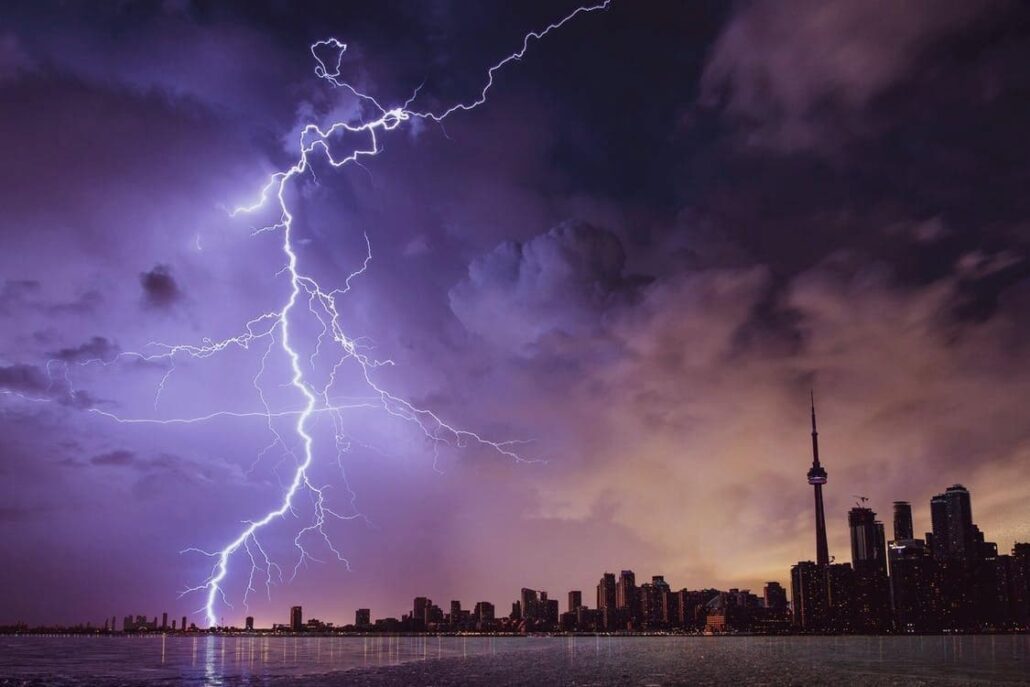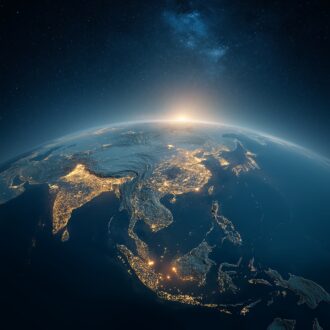If you are lucky to live in an area where natural disasters aren’t common, you probably don’t often hear about weather insurance. The term refers to financial protection aimed at saving you, your house, or your business from significant losses or damages caused by adverse, measurable weather conditions.
Such basic insurance typically includes weather conditions like wind, snow, rain, thunderstorms, fog, and undesirable temperatures. However, if you are a real estate investor, you know these factors are a bagatelle compared to the threat a tsunami can bring. That’s why many investors already bought it.
Weather insurance in Japan
From the beginning of 2022, natural disasters in Japan have already cost $4 billion, forcing insurance companies to pay out record sums. The cost of storms, floods, and other disasters led to insurance payouts of about €2.1 billion for insured businesses and motor vehicles, houses, and household goods, according to the data released by Japanese experts. Are you still wondering if it’s worth insuring your Japanese property? Mind that natural peril insurance isn’t a standard feature of household insurance in Japan, causing a sizable protection gap for households.
Various non-life insurers in Japan believe the climate crisis is behind the bulk of the costs. July’s floods in western Europe were the second most costly disaster of the year globally, with Hurricane Ida first at the podium. Earth was besieged by unprecedented weather disasters, making 2021 the third-costliest year on record for weather-related disasters, according to the reports of the insurance brokers. The following years will bring more and more changes in that matter, so it’s crucial to monitor the weather concerning your safety and potential money losses.
For example, among many factors that affect stock fluctuations are supply and demand, sentiments, media hype, government regulations, and weather (as recently researched). Moreover, if you are among investors, you may benefit from the descriptions of trading platforms prepared by Brokerschart (you will find them here: https://brokerschart.de/trading-plattformen). This way, a platform such as MT5 (click to learn more https://brokerschart.de/trading-plattformen/metatrader-5) will have no secrets from you. If you prefer using Metatrader 4, there is also a tasty bit for you on the website (click and see https://brokerschart.de/trading-plattformen/metatrader-4). And just as with the significant weather events that can turn your investment upside down, so does crypto exhibit extreme volatility. Cryptocurrencies are more volatile (it’s common to observe price swings of 10% in a few hours) than traditional asset classes such as stocks.

Tsunami and flood insurance in Japan
In Japan, natural disasters occur frequently. Since the archipelago is situated along the Ring of Fire, an area where several tectonic plates meet, it is vulnerable to natural disasters such as earthquakes, tsunamis, and volcanic eruptions. Many people are reported missing or killed by natural disasters every year.
Earthquakes and tsunamis are among the most destructive natural hazards that lead to the gravest human and material losses. Moreover, these weather phenomena intensify yearly, challenging current market solutions and insurance conditions.
Private insurance companies in Japan have provided natural hazard insurance for many years. It has been added as a supplement to building or contents insurance and covers losses caused by:
- floods
- tsunamis
- earthquakes
- typhoons
Japan and other South Asian countries with coastal states, such as India, Bangladesh, and Sri Lanka, are particularly vulnerable to risks such as cyclones, earthquakes, and tsunamis. The most prominent and disastrous earthquake that Japanese people faced was a decade ago on March 11. This earthquake was the strongest one in the history of Japan, which later caused a tsunami. Until now, many Japanese families are still recovering from the disaster that happened in 2011.
Due to the disastrous casualties caused by typhoons, earthquakes, and tsunamis in Japan, many people can be left without electricity and shelter for days. Therefore, there are various regions and areas in Japan with earthquake-prone risks, where many insurance companies provide earthquake insurance for around 1 million Japanese Yen for coverage. Those areas are Tokyo City, Shizuoka Prefectures, and Kanagawa, and in the other areas, the coverage can be lower due to low risk. However, with the continuation of climate change, the severity of tsunamis is expected to double, and traditional insurers become increasingly reluctant to cover these risks.


